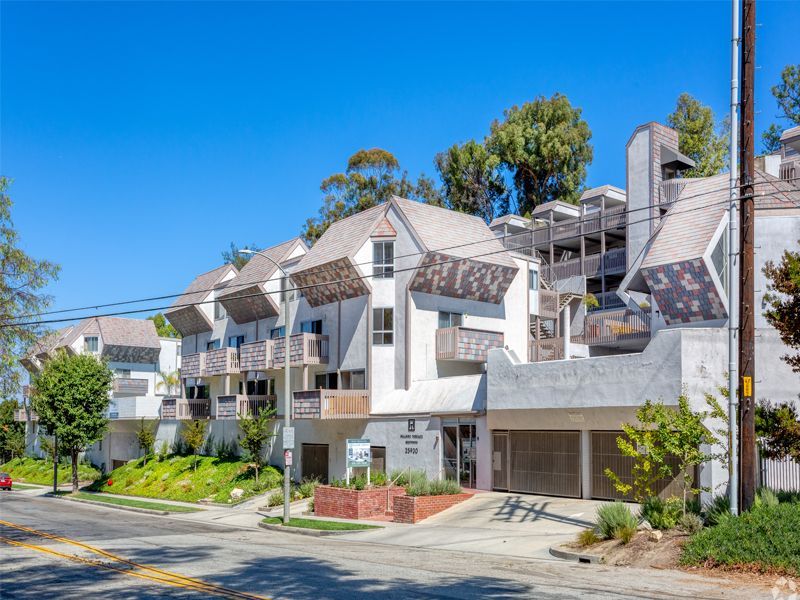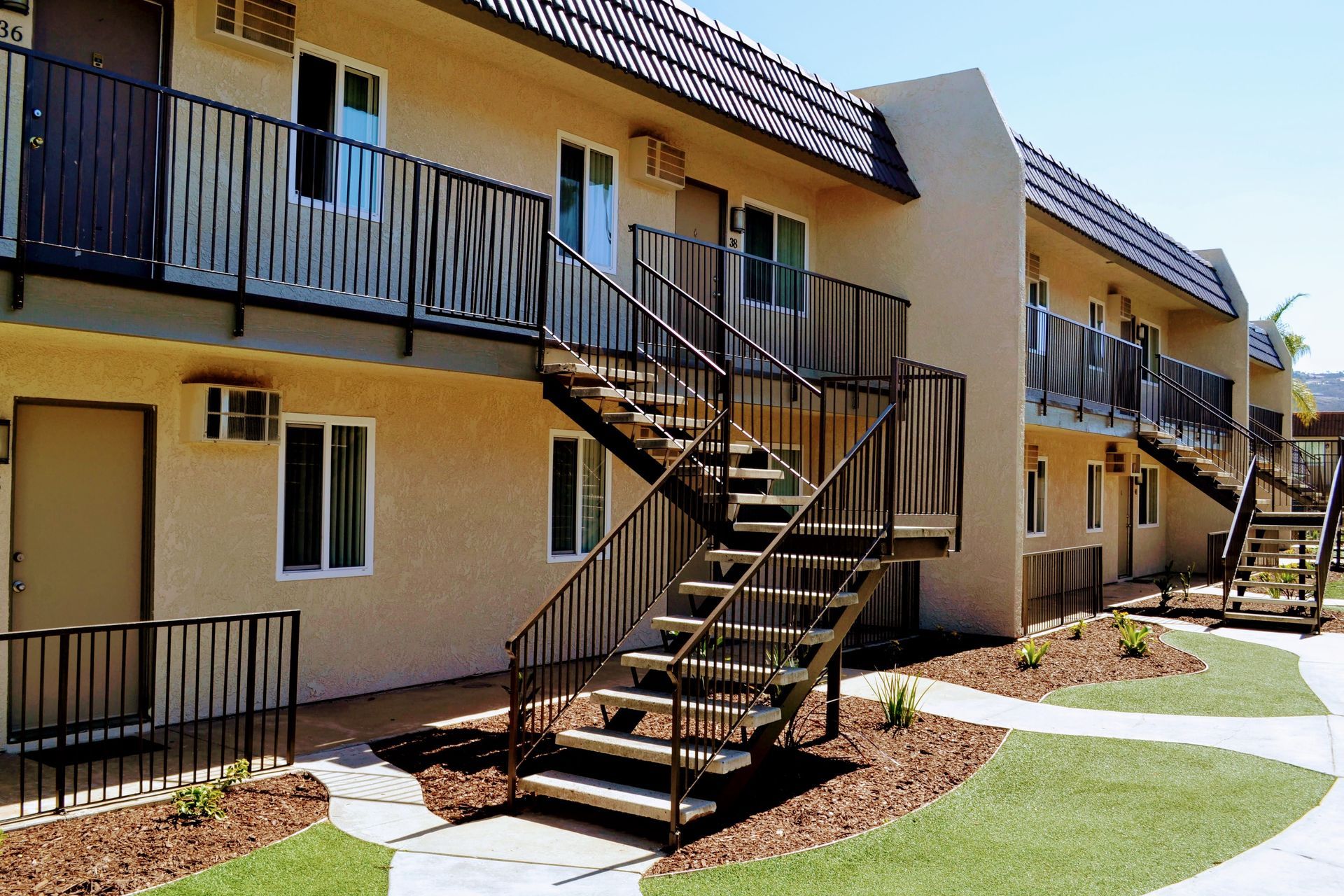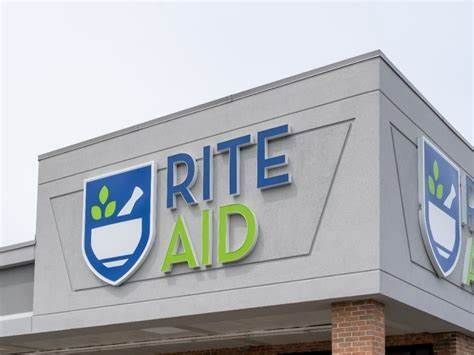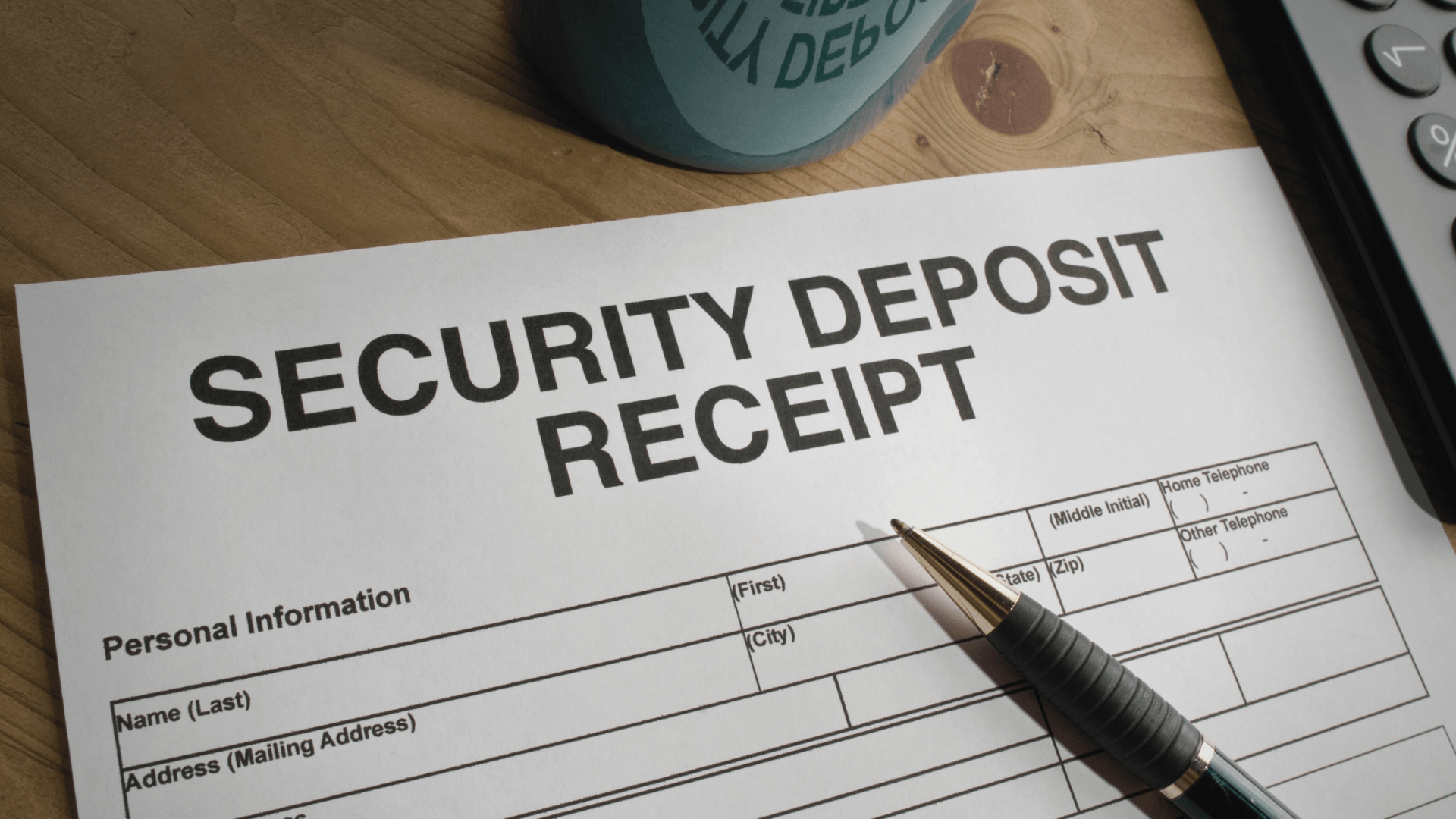If you have been looking to start investing in larger multi-family apartment buildings, you might have heard that, at a certain point, you need to hire an onsite property manager. This may not apply to all states but, here in California, the California Code of Regulations¹ states that,
“A manager, janitor, housekeeper, or other responsible person shall reside upon the premises and shall have charge of every apartment house in which there are 16 or more apartments...”
Over the decades that we’ve been managing residential buildings for our clients, we’ve hired numerous onsite property managers for a variety of building sizes. They are the first line of care and attention at your property, and so, we would like to go over some of the basics of using an onsite manager so that you have a better understanding of what they do, how they are compensated, and how we go about hiring them.
What is an Onsite Manager?
Onsite manager, onsite property manager, resident manager, apartment manager – there are many terms you may hear that loosely mean the same thing. For our purposes, an onsite manager is someone who will live at the property and take care of the basic needs of the tenants and the physical location.
If you hire a professional property management company, the onsite manager is usually someone that is separate from (and in addition to) your regular property manager. To avoid confusion here, we will refer to them as the “onsite manager,” and the regular property manager as the “PM.”
Depending on a few factors (such as the building’s size), it is common that the onsite manager will be someone who works for the building part-time, often devoting a few hours each day to the property and then working a separate job.
The PM is a full-time employee of the property management company that will be your go-to contact for all aspects of your building and will supervise and coordinate with the onsite manager as needed. While your PM will be involved with all of the background operations such as choosing vendors, ensuring that property taxes are paid, and resolving legal disputes, the onsite manager will essentially be the first set of eyes and ears at the physical location.
What do Onsite Managers Do?
Let us dive into more detail about what onsite managers do, because there are many ways that landlords choose to set up this role.
In the past, we have seen landlords utilize onsite managers by offering someone in the building a small discount on rent in exchange for simple work duties such as sweeping the common areas, moving trash cans to curb each week, and receiving general issues from the other tenants that they would then forward to the landlord.
But the informality of this setup could get you into trouble because, by law, every on-site manager is considered an employee. This means that you, as the landlord, must do things like provide workers compensation insurance and account for all necessary federal and state taxes and laws. It essentially turns you from an investor into an employer.
What we do as a professional property management company is take over that role for you, so that the onsite manager will become an employee of the property management company. Not only does this allow you to largely hand off those responsibilities to us, but it places the onsite manager within a well-defined structure that is compliant with all laws, has a greater level of accountability, and which opens up the scope of their work at your property.
Here are some of the basic duties that we require of the onsite manager that will be living and working at your property:
1. Show and Rent Vacancies
Of course, you will want to make sure that any vacancies can be filled as soon as possible. That is why it is great to have someone consistently on the property, that is very familiar with the building and the other tenants, and that can give tours of the available spaces to prospective tenants. They will also coordinate with the PM to run through lease applications and select tenants.
2. Maintain the Premises
Your onsite manager will maintain all common areas of the premises in a clean, safe and orderly condition, including any laundry rooms, hallways, staircases, lobbies, parking lots, etc. By default this means a light cleaning and tidying, such as sweeping, dusting, vacuuming, and picking up trash.
3. Report Any Issues
As mentioned earlier, your onsite manager will often be the first set of eyes and ears for anything that occurs at your building. Tenants will often call them or knock on their door as soon as an issue arises, and they may be present for incidences that happen during late-night or early-morning hours. Because of this, they are in charge of reporting any necessary repairs, hazards, upcoming vacancies, accidents, and tenant problems (to either you or your property manager), right away.
4. Supervise Vendors
When a vacant unit is being professionally cleaned or refurbished, or there is major maintenance or repair work that is being done, the onsite manager will check the progress, perhaps document it with some photos or videos, and report back to the PM.
5.Document Hours Worked
This one is very important. Since the onsite manager is considered an employee, they need to record any and all hours worked for the property on a timesheet. This could include any work performed due to an emergency, spending 10 minutes addressing a tenant complaint at midnight, doing a general inspection of the building or attending a conference call with the management office.
One question that gets brought up a lot is whether the onsite manager should also be used as a handyman or handywoman. While it can be a great help to have an onsite manager that can repair just about anything, the issue that arises is that, depending on the work, this is often outside the scope of the onsite manager’s duties, it requires them to work far more hours, and it may have implications for things such as insurance.
With our onsite managers, they may be asked to do tasks like replacing the lock on a mailbox, putting up a new smoke detector, or using a retail-grade snaking device to fix a clogged toilet (so long as they log in any time spent on the task). Aside from that, Coastline and other management companies likely have a maintenance department that can send someone out to address issues that take up more time, or a third-party vendor can be contacted if needed.
How Are Onsite Managers Paid?
Onsite managers are typically compensated through a reduction or removal of monthly rent for the apartment in which they live. But bear in mind that the laws for compensating onsite managers will differ from state to state, so be sure to do your research for your specific location.
Here in California, your onsite manager must be paid at least the minimum wage and there is a cap on the total monthly rent that they can be charged for their unit. Also note that some specific cities within your state (such as Los Angeles, for example), have their own minimum wage rates that you need to follow. California managers will also receive overtime pay (which is 1½ times hourly rate) if they work more than 8 hours per day, 40 hours per week, or more than 6 consecutive days in a row.
For example, at the time of making this post, an onsite manager in Torrance (where are office is located) must be paid the minimum wage of $15 per hour and the maximum amount of monthly rent they can be charged is $790.67 if they are a single manager or $1,169.59 if it is a couple managing together3.
Another way that you can compensate your onsite manager is to provide their living space rent-free, in which case you are then able to reduce the payment of their monthly wages by the lesser of either (1) two-thirds of the rental value of the unit, OR (2) the 790 and 1,169 figures that we mentioned earlier.
Here is an example: The rental value of a unit is $1,500 per month. Two-thirds of that number is $1,000 (which will come in handy in a moment). A single onsite manager lives in their apartment rent-free and puts in 60 hours of work each month (which is essentially part-time). Based on the minimum wage of $15 per hour, their monthly pay would normally be $900 per month. Because they receive the apartment rent-free, the landlord can reduce that wage obligation by the lesser of two-thirds the market value of the apartment (which was $1,000) or $790.67. $790.67 is less than $1,000, so we subtract that from $900 and we end up with $109.33. So, for the part-time work they provide, your onsite manager will receive a free apartment and approximately $109 in monthly wages.
Yes, it’s a lot to keep track of and be responsible for, which is another reason why you may want to consider hiring a property management company, having them find a setup that makes the most economical sense for you, and then passing on the day-to-day employment responsibilities to them. Lastly, let us go over the things we look for when hiring onsite managers for our clients.
How to Hire an Onsite Manager
While having previous management experience is great, it is not an absolute requirement. Instead, we put a bigger emphasis on character and work ethic. It sounds simple but one of the things that we like to say at Coastline is that, “We do what we say and more.”
We want people on our team that can be counted on to get things done, can effectively communicate, and are willing to go above and beyond for those around them. This is important, considering that an on-site manager is the liaison between the tenants, vendors, the property management company, and the landlord. It is a lot of relationships to manage, which is why character and work ethic are key.
Another thing that has become increasingly important over the years is a basic level of technical ability. For the most part, gone are the days when one of the main functions of an onsite manager was to collect the rent checks, since this and pretty much all administrative tasks are now done through web pages on the computer or apps on the phone. In order to maintain that effective communication and to properly document everything that happens at the property, an onsite manager should be able to comfortably navigate (or at least quickly learn) tools like spreadsheets for collecting data, cloud drives for sharing and storing photos or video, email and other communication software for communicating with the team, and any specialized property management software that you or your management company uses.
Conclusion
Here are the main takeaways: an onsite manager is required for residential properties with 16 units or more (at least in places like California), utilizing one instantly turns you into an employer, and there is a lot more that goes into it than simply asking one of your current tenants to pick up rent checks in exchange for discounted rent.
If you are looking to grow into larger multi-family real estate, do your research for your specific area and consider speaking to a professional property management company that will help you carry the responsibility of being an employer, so that you can simply focus more of your energy on being an investor!
Sources:
¹
California Code of Regulations
² Los Angeles County Consumer & Business Affairs
Property Management Made Easy
Contact Us - Contact Page
We will get back to you as soon as possible
Please try again later
Los Angeles
1411 W. 190th St.,
Suite 225
Los Angeles, CA 90248
Temecula
41743 Enterprise Circle N.,
Suite 207
Temecula, CA 92590

P.O. BOX #1489
TORRANCE, CA 90505








